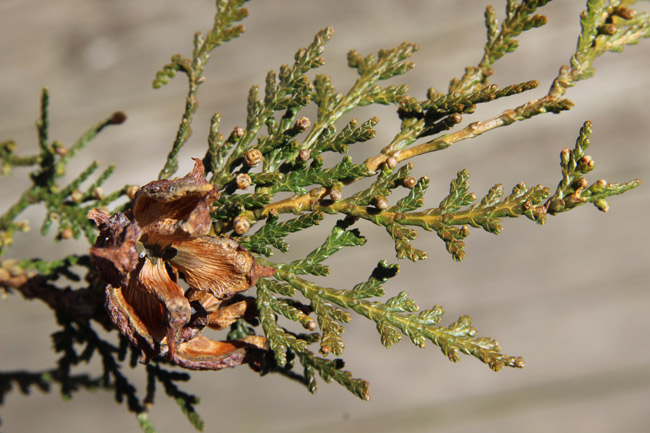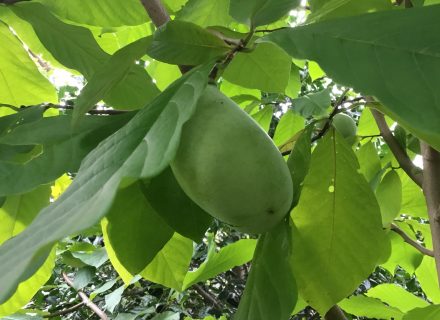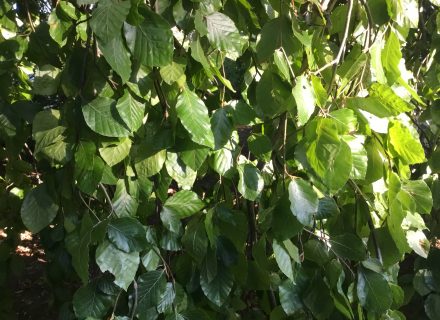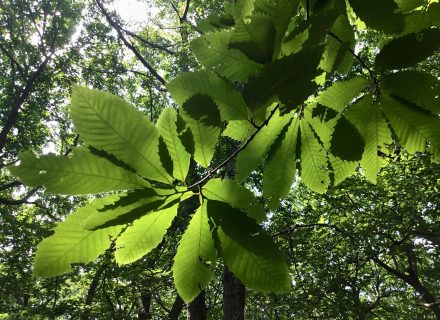Latin Name: Thuja occidentalis
Location: A row of four white cedars thrive adjacent to the old outhouse in the Sylvester Manor garden.
Tree stats: White cedar is a native, evergreen conifer that ranges from eastern Canada to New York, Maine, and Massachusetts, and west to Ohio. Also known as northern white cedar or American arborvitae, white cedar is actually a juniper. Though the Sylvester Manor trees are around 25 feet tall, white cedar can grow up to 60 feet high and 20 feet wide. Unlike the Atlantic white cedar (Chamaecyparis thyoides), which prefers the moist soils of swamps, white cedar is tolerant of various conditions. The numerous cultivars include ‘Emerald,’ which grows 15 feet high, making it suitable for smaller landscapes. ‘Techny’ and ‘Nigra’ have foliage that retains green color through the colder months. White cedars bloom in the spring and produce small cones in the fall that open and persist through the winter. The needles are aromatic when crushed.
Tree of life: Because white cedar wood is lightweight and rot-resistant, it’s favored for shingles, siding, fence posts, and poles for growing hops. Native Americans used the wood to make birch bark canoe frames and ribs. Other parts of the tree were exploited to treat headaches, pneumonia, fever, and rheumatism. In 1536, an Iroquois tribe taught the explorer Jacques Cartier how to cure his men of scurvy with a brew made from the vitamin C-rich needles and twigs. (There’s some question if the miracle tree was white cedar or black spruce. Also, don’t try this at home. Cedar oil can be toxic.) White cedar provides shelter for birds and browse for deer.
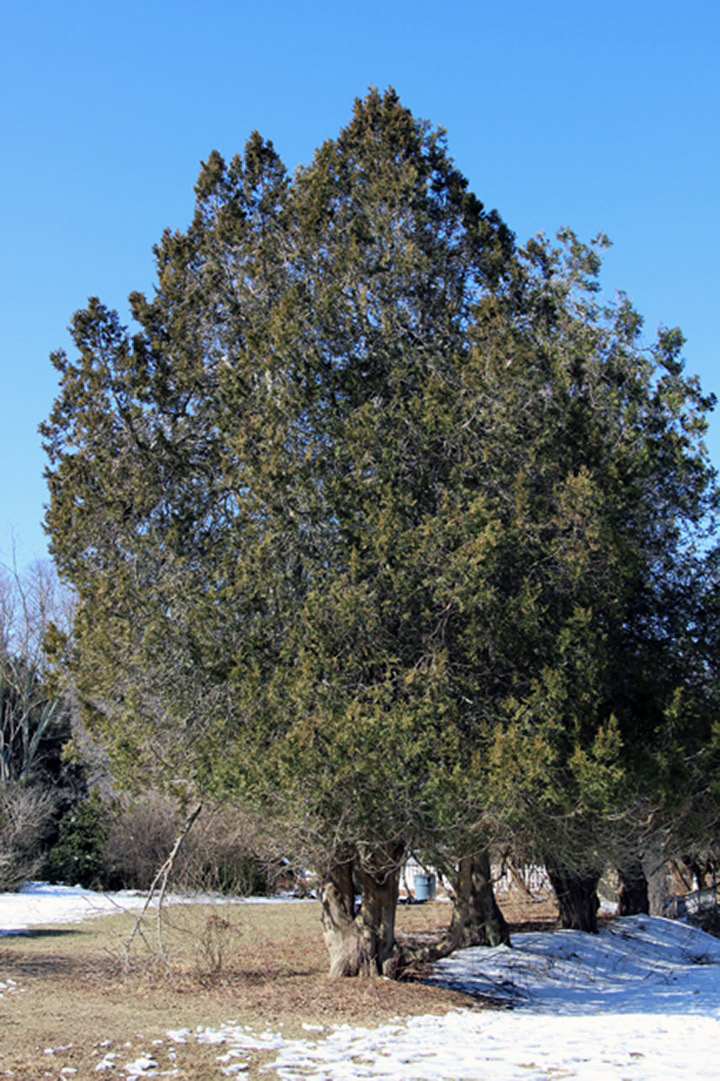
Magic trees: Various species of cedar were valued by Native Americans for their perceived spiritual attributes. In some myths, deities resided within cedars as protection for a tribe. Marcellus “Bear Heart” Williams, a spiritual leader of the Muskogee Nation-Creek tribe who died in 2008, told the story of a selfless man who was always helpful to the people in his village. When he died, the Creator immortalized the man by turning him into a cedar tree. According to the website, The Cedar Tree Institute, the white cedar is still revered by local Michigan tribes. Visit the Sylvester Manor white cedars and stand under the boughs. You might feel the presence of spirits or maybe Alice Fiske, who treasured her trees.
Photos: Tim Purtell

